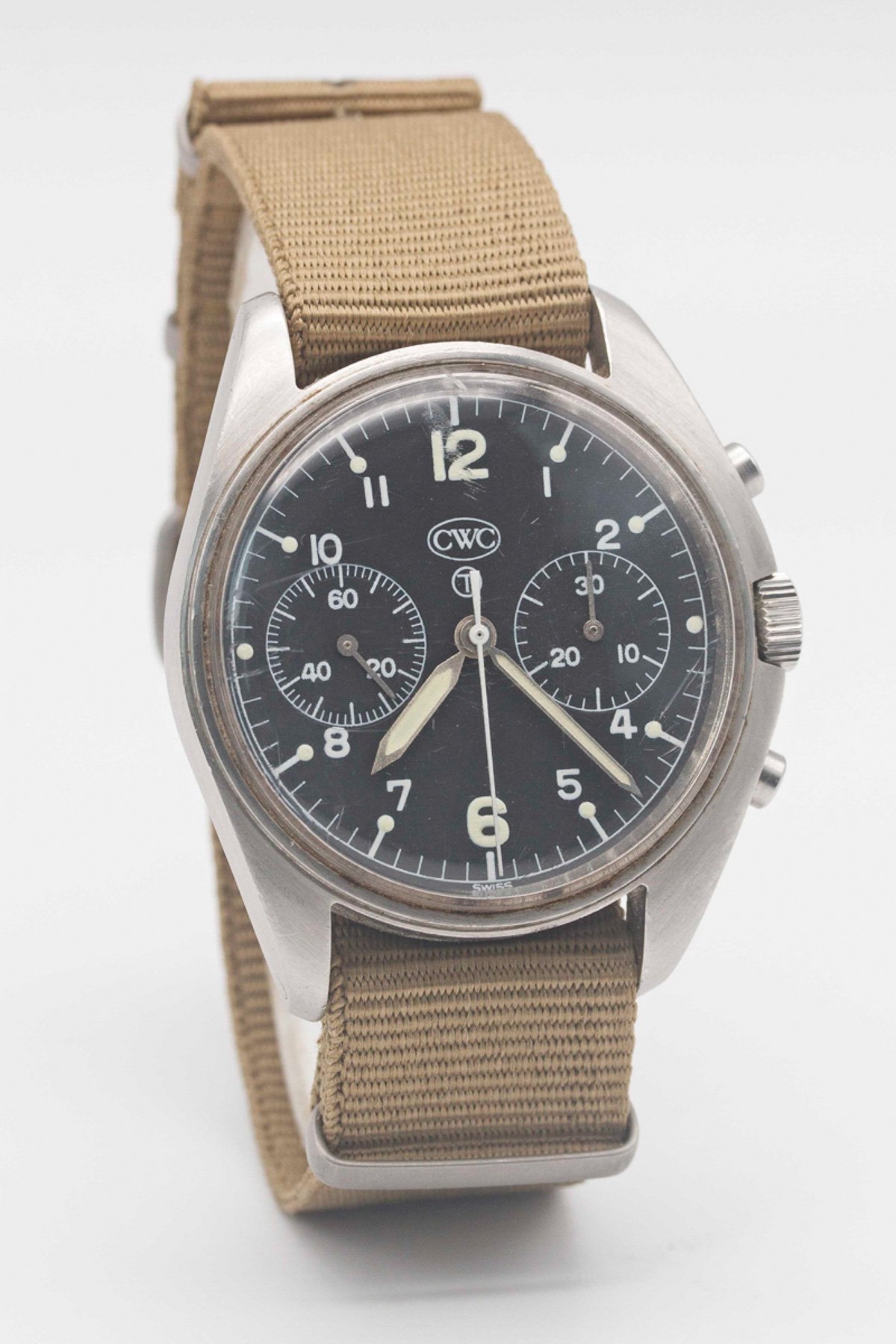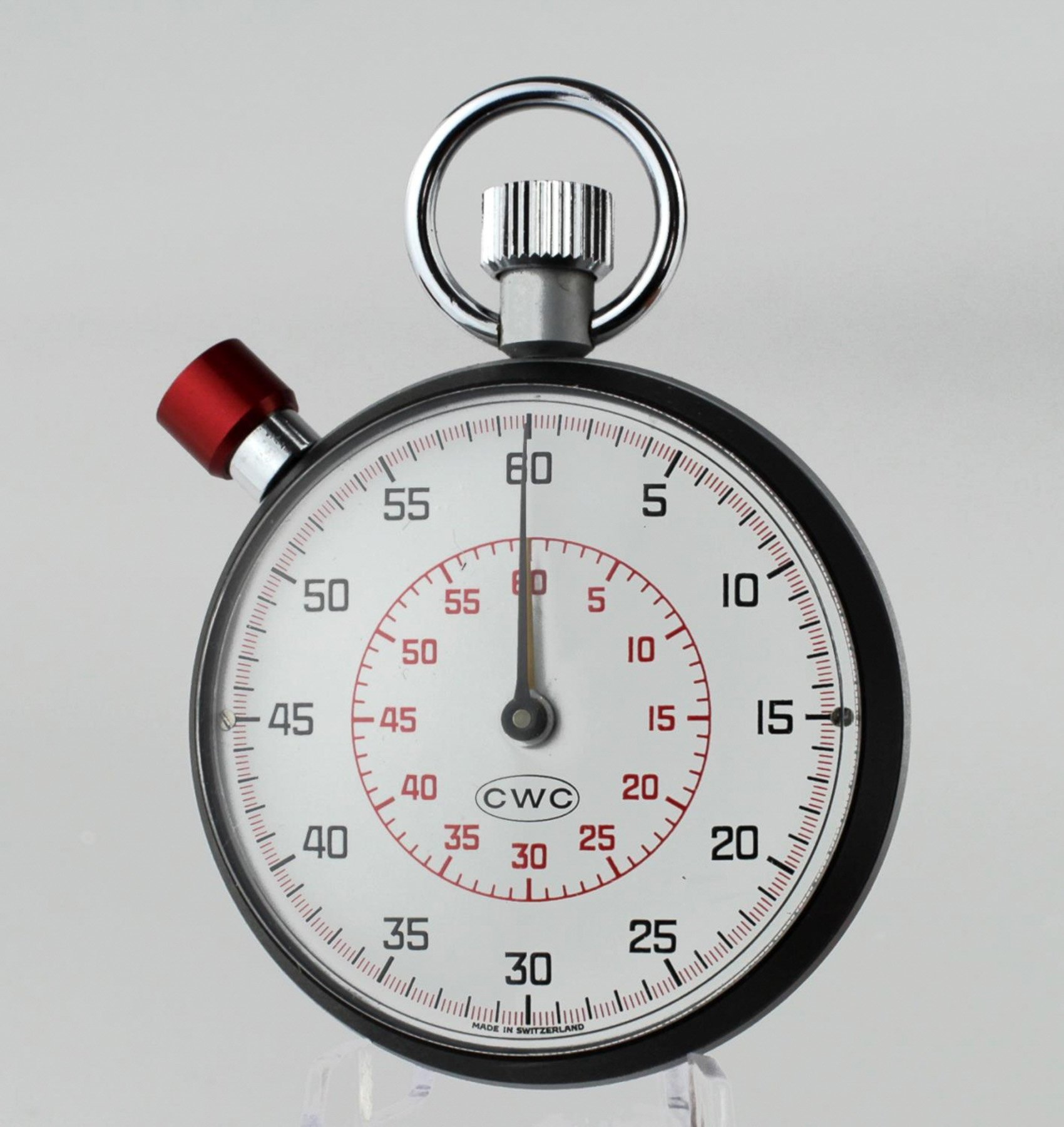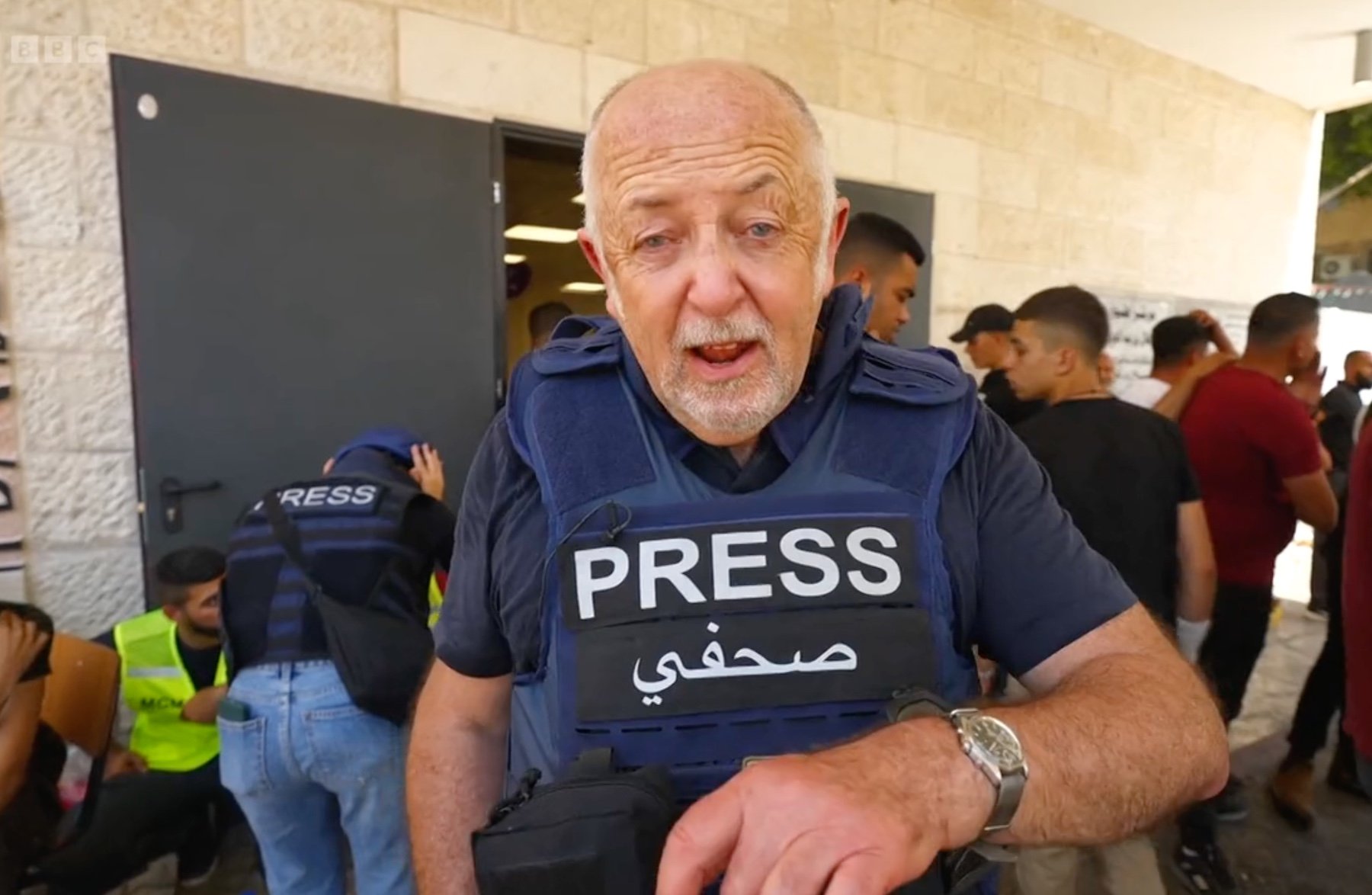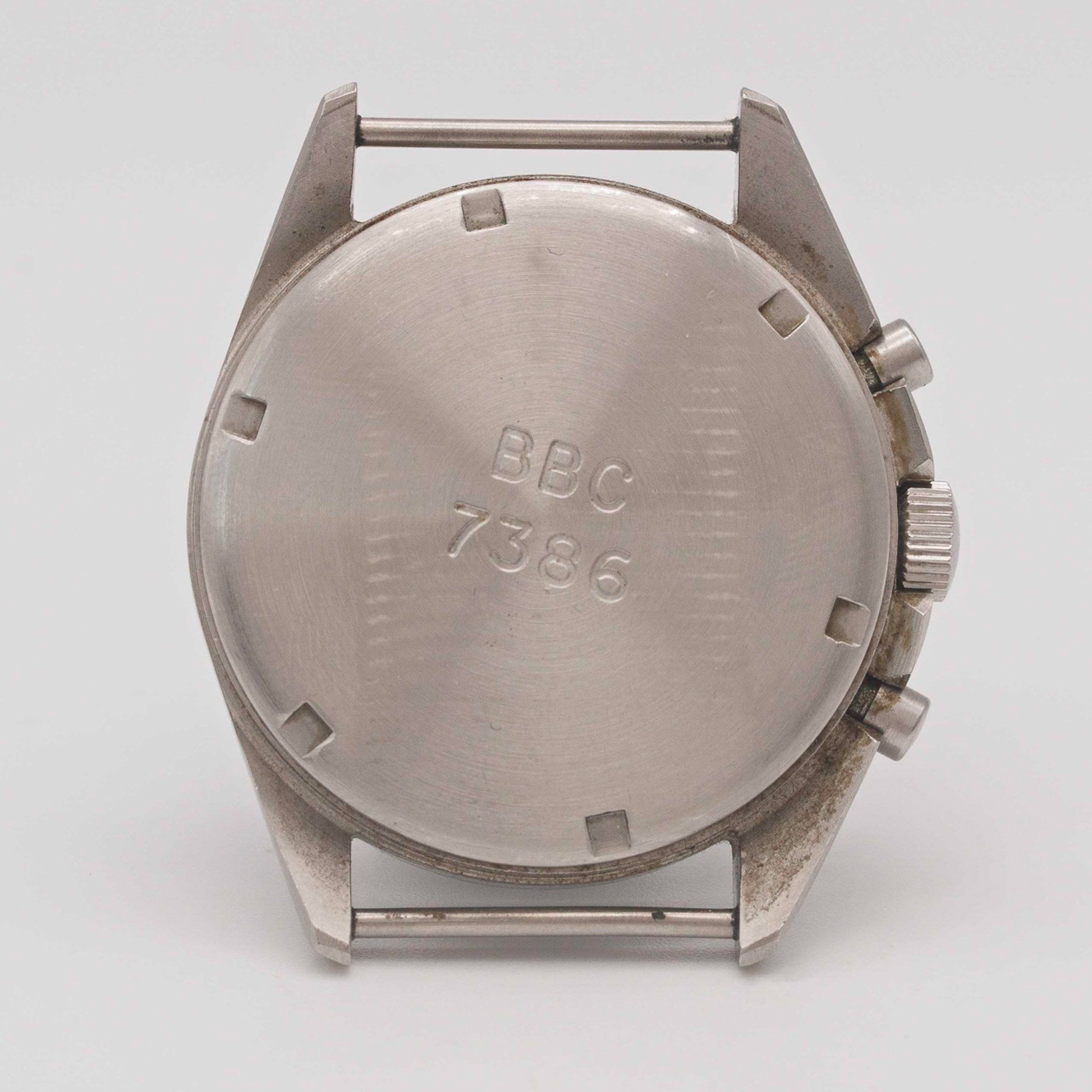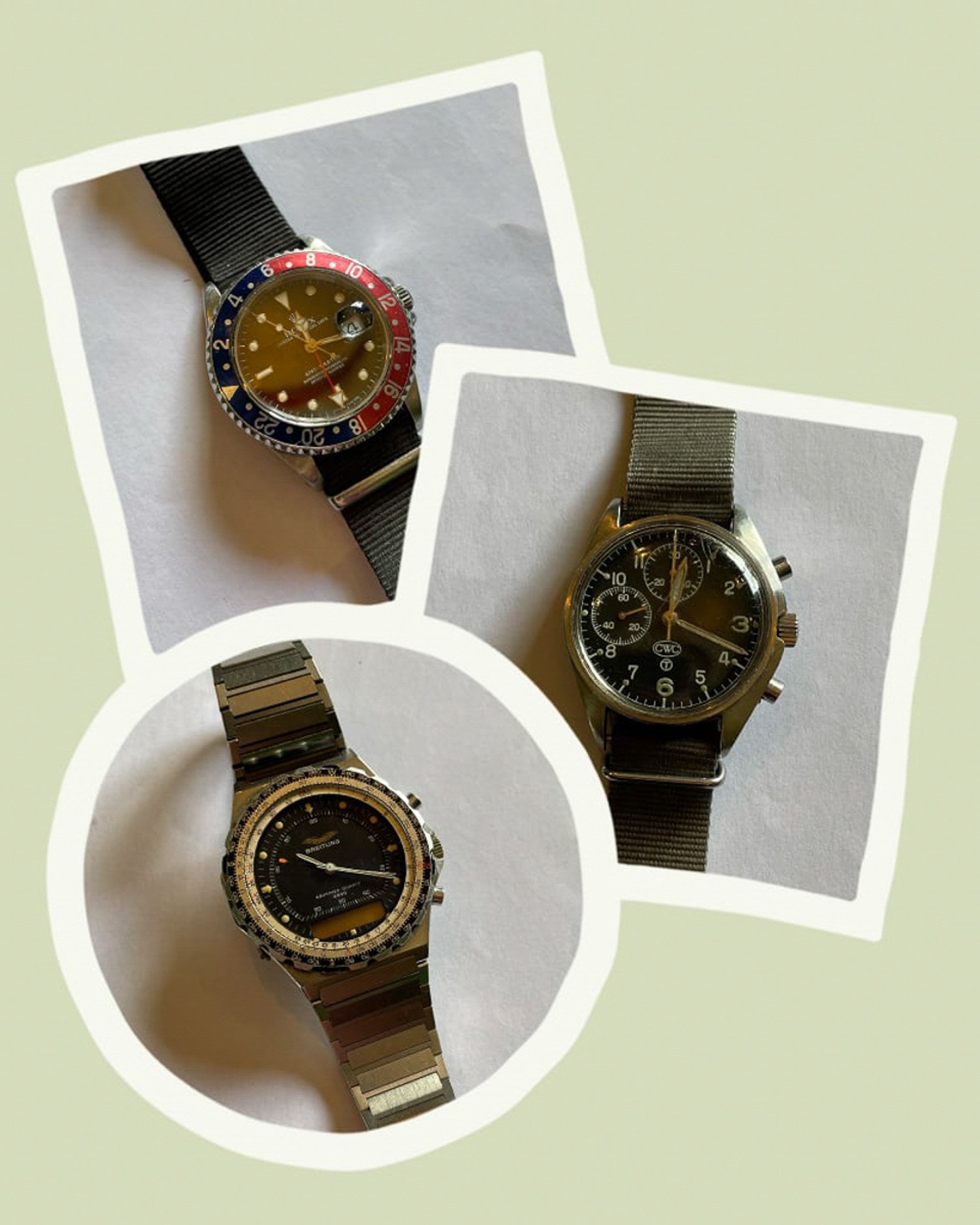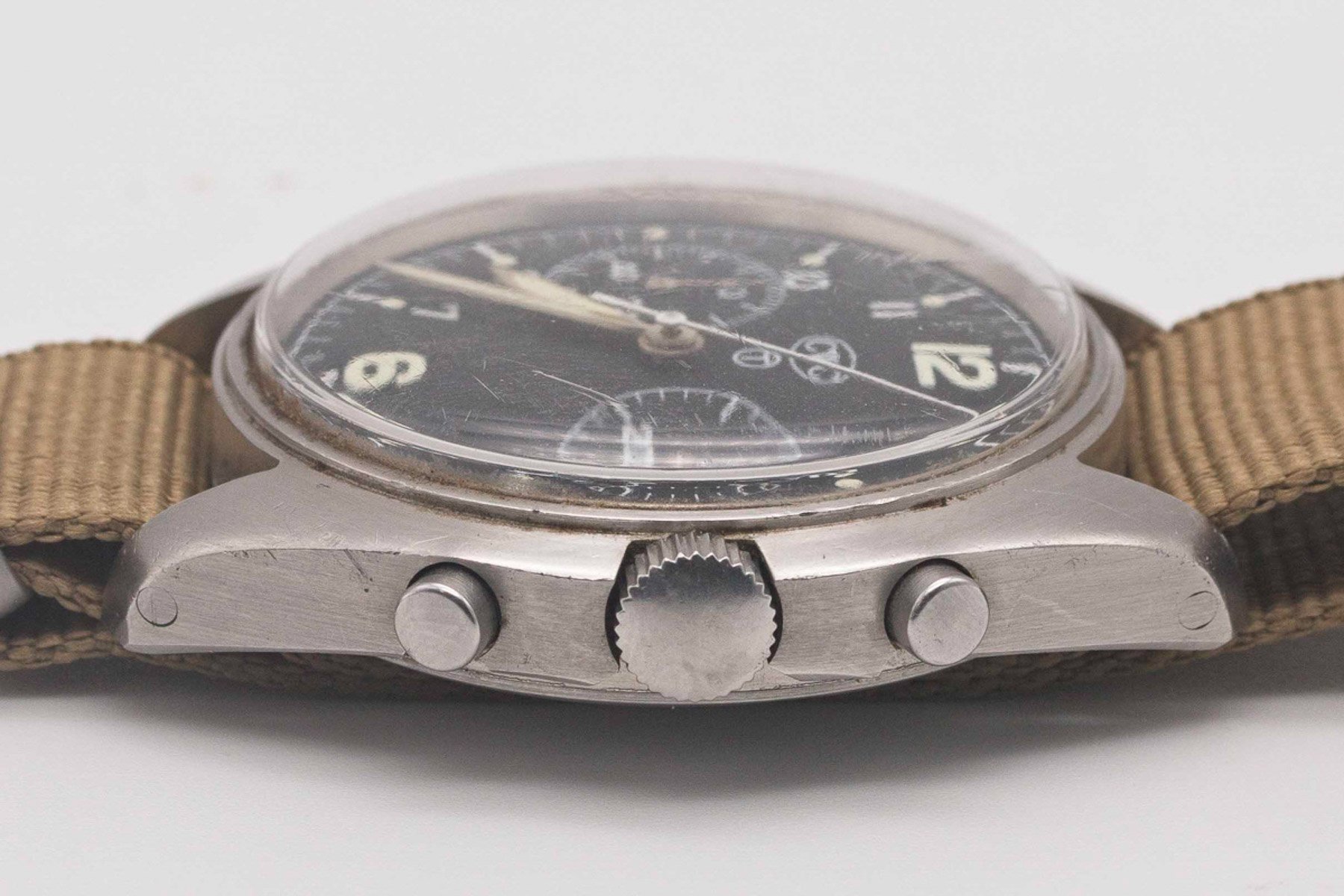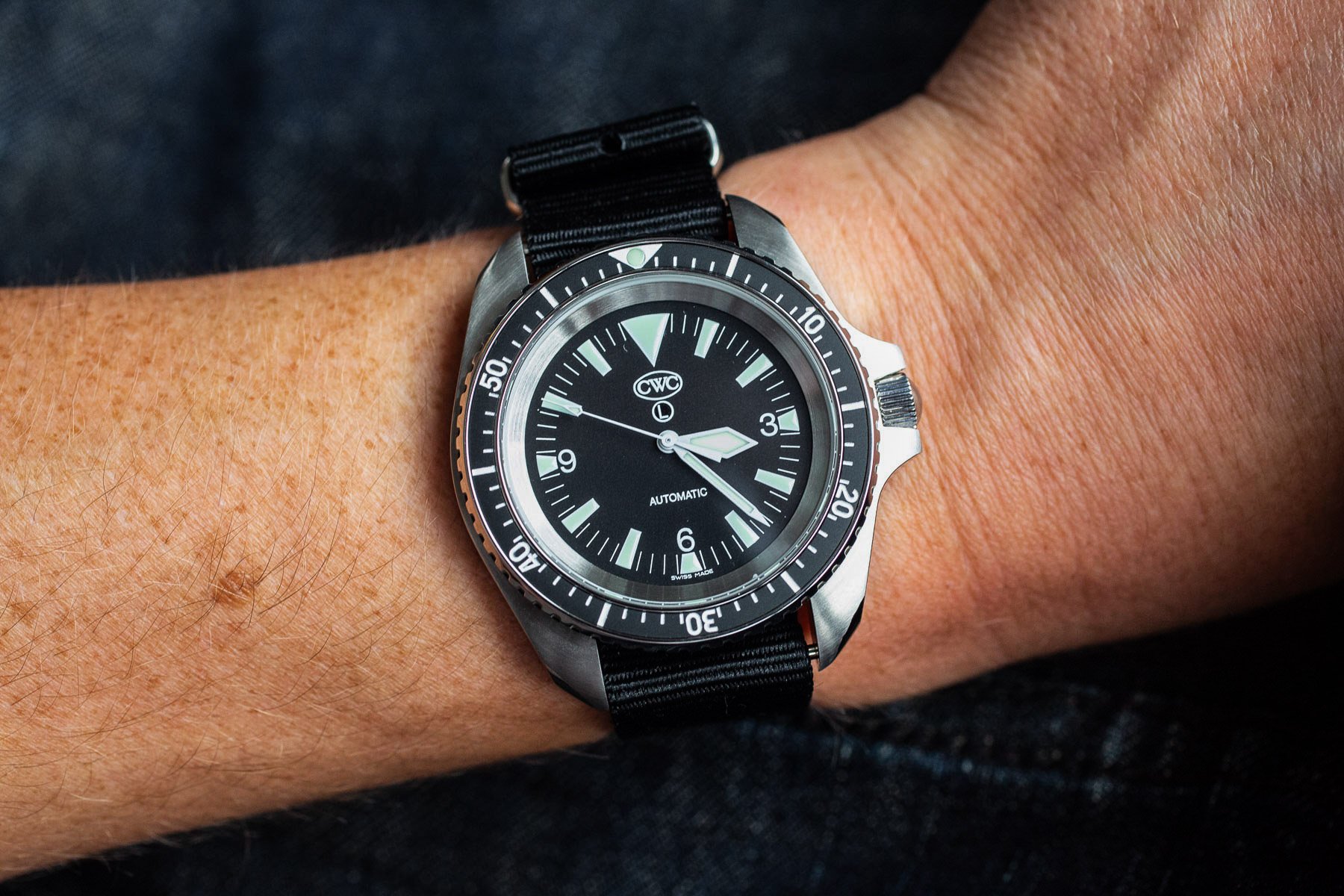The CWC Watches Issued To BBC War Correspondents
We here at Fratello do love a good story of an issued watch. Some of the most iconic and desirable watches out there have come from the humble beginnings of being developed for or especially sold/issued to the military. The Rolex “MilSub” or Seamaster 300s issued to the British Royal Navy come to mind when thinking about iconic tool watches. The military-issued Seamaster 300s are probably even the best-looking iterations of the entire Seamaster line if you ask me.
It’s not just dive watches, though. Consider the “Dirty Dozen” timepieces, which trace their lineage back to WWII. My colleague Thomas did a great write-up on the subject, which you can find here. These were watches that needed to meet certain requirements so they could be used on the front lines. My IWC Mark XV can trace its roots back to the company’s contribution to the Dirty Dozen. It is no wonder that issued watches form an entire ecosystem of their own in the watch hobby, with collectors and enthusiasts of all sorts.
They aren’t all military-issued watches either. My collecting journey recently led me to a Universal Genève “FS,” a simple time-only watch sold to Italian railway workers. With the revival of the Universal Genève name by Breitling, it will be fascinating to see if this enamel-dial watch also sees a revival and/or reinterpretation. Issued watches of all breeds have a certain allure to them. But what if I told you there were issued mechanical watches from the 1970s still at work on battlefields today? It’s true, but it isn’t soldiers using them. Read on.
From war zones to football fields
One of the more fascinating categories of issued watches is those given to BBC journalists. These journalists would cover anything from the local football match to raging wars in far-flung areas of the world. In the late 1970s and early to mid-1980s, the BBC required its correspondents to have a watch that would help them time anything from the length of live reports to assisting in the editing process. The broadcaster then approached the British watch brand CWC to provide several timepieces for this purpose. According to research by CWC expert and collector Jonathan Hughes, the founder of the website CWC Addict, these probably only numbered in the tens of watches.
CWC is a brand founded by Ray Mellor in the early 1970s. Mellor was the former representative for Hamilton in the UK, but when the brand shut down its business there, he founded a watch company to maintain the military contracts that Hamilton had once had. He called it Cabot Watch Company after the intrepid explorer John Cabot. The brand went on to have a successful relationship with the British military and government organizations, issuing a range of dive, pilot, and field watches. Today, it’s proudly owned by Silvermans, a business specializing in supplying military surplus goods.
A natural fit
With its strong track record, CWC was a logical choice as a supplier of watches to the BBC. In fact, the watches that CWC supplied for the broadcaster included both stopwatches and chronographs. “For correspondents needing to do precisely timed segments for the camera (maybe 60, 90, or 120 seconds), having a clear, legible chronograph that they could use to time those would have been essential,” Hughes says. CWC already had contracts with other government agencies at the time, not just the military. One of the company’s earliest contracts was with the Department of Health & Social Security for stopwatches. CWC also supplied watches to the Civil Aviation Authority, the Directorate of Overseas Surveys, and the Football Association, among others.
For BBC reporters, there were two types of chronographs that we know of, some based on the watches with the Valjoux 7733 movement and others based on the later 7765 movement. CWC also supplied chronographs with the Valjoux 7733 movement to the RAF and the Fleet Air Arm of the Royal Navy from 1973 to 1982. “CWC would have been a natural choice for a public organization, and [the company] was very good at supplying reasonably priced, reliable, and robust timepieces that could see action and continue to perform,” Hughes says.
One Hollywood moment for a BBC-issued stopwatch
According to Hughes, CWC supplied stopwatches to the BBC specifically for use in the cutting rooms and for production assistants and producers in control rooms who needed to time segments precisely. “There are lots of variants of BBC stopwatches from a variety of suppliers — some early ones from Lemania, some just marked ‘BBC,’ some without a logo on the dial but ‘BBC’ on the back, and some marked ‘CWC,’” Hughes explains.
“I suspect CWC just got one contract to supply these to the BBC, and all the others were bought from other suppliers across the years.” One of them ended up in Mission Impossible – Fallout, with actor Tom Cruise holding it in a scene. Clearly, it’s a large stopwatch! The chronographs, on the other hand, were of an attractive size in either movement iteration. They featured 39 × 14mm cases, black dials with tritium numerals, Plexiglass crystals, and screw-in case backs.
Still on the wrists of journalists today
It also happens that one of the journalist employees who received a CWC chronograph is Jeremy Bowen, who is now the BBC’s International Editor. In videos posted by the BBC, you can still see his CWC chronograph on his wrist as he works in dangerous areas, including Gaza and Ukraine. It seems pretty incredible to consider that a watch issued all those decades ago is still in use on the front lines.
In an interview, Bowen said he used the chronograph in the field to this day as a trusty companion to time his pieces to camera. “If I do a report on the 10 o’clock news, we negotiate a bit about how long it’s going to be. If you are more than 10 seconds longer than you say you’ll be, then you know it’s not a good thing. It mucks up their timings because the program is the same length. So it just means if someone comes in way over, something else (on the news) has got to go.”
A sentimental bond
Wearing the watch in war zones was almost not meant to be, however, as Bowen was asked in the 1990s to return the watch when his contract changed. “When my contractual status changed at the BBC, the person who was responsible for watches told me, ‘You’re no longer on our staff, so could we please get your wrist stopwatch back?’ Well, I was wearing it at the time she told me this, and I think she knew that, and I pulled the cuff of my jacket down a bit further and said, ‘I’ll bring it in.’ I think she was aware I was never going to give it back!”
Among Bowen’s small watch collection is also a Rolex GMT-Master “Pepsi” that he says is his “London watch” when not on assignment. “For me, they both have sentimental appeal, and I have this loyalty about the way I wear these watches. When I go on a trip, I wear the CWC watch. When I am at home in London, I wear the Rolex. Once, when you needed a watch, you needed a miracle of engineering to tell what the time was… Nowadays, a cheap digital watch can do it,” Bowen says.
Final thoughts
Journalists to this day still sport CWC watches. Sky News correspondent Alex Rossi wears a Royal Navy quartz dive watch, which is visible in this video of him covering the war in Ukraine. According to CWC, this was a special order with the crown at 9 o’clock. CWC is using its last 100 or so Valjoux 7733 movements in the limited-edition Pilot Chronograph timepiece.
As a working journalist, these backstories make me proud to sport a CWC dive watch on my wrist. But what do you think, Fratelli? Are there any other special-issue watches we should look into? Let us know in the comments section.

